Rich and creamy, cheesecake is a not-so-sweet but oh-so-satisfying dessert to round off any meal or become a small meal in and of itself, it’s that satisfying! Nowadays, with national chains spanning the country coast-to-coast, the flavor of cheesecake has become standardized. But you should note that cheesecake has many faces, gracing not just the US but the entire world. Here, are just some of the cheesecakes in the US and the world that go beyond the classic New York style.
German Cheesecake

There are various forms of cheesecake, and when you go to Germany, this soft, tender cheesecake called käsekuchen is not the same as our stateside cheesecake. The main difference? It’s made with quark. Quark is a fresh, unaged soft cheese similar to the thick consistency of Greek yogurt without any of the tartness of yogurt. For this cheesecake, you mix the yogurt with sugar and eggs and bake just until barely cooked through. Käsekuchen’s soft, tender texture would be similar to a no-bake cheesecake.
Baltimore Cheesecake

When one thinks of Maryland, one thinks of crabs, not cheesecake, but smearcase is a Baltimore staple. While smearcase is a Pennsylvania Dutch word for cottage cheese, down in Baltimore, it’s the name for a slab pie version of cheesecake. This cheesecake probably came over with the German immigrants who had moved into the area in the 19th and 20th centuries and adapted to the regional ingredients they had on hand. The crust is thick and covers the bottom and sides of the rectangular pan and has a cake-y texture instead of the standard graham cracker cookie crust. Baltimore’s version is served as a giant cut square. Smearcase’s filling is more custardy than cheesecake-y. Its mellow, not-too-sweet flavor makes it a unique regional cheesecake.
Chicago Cheesecake
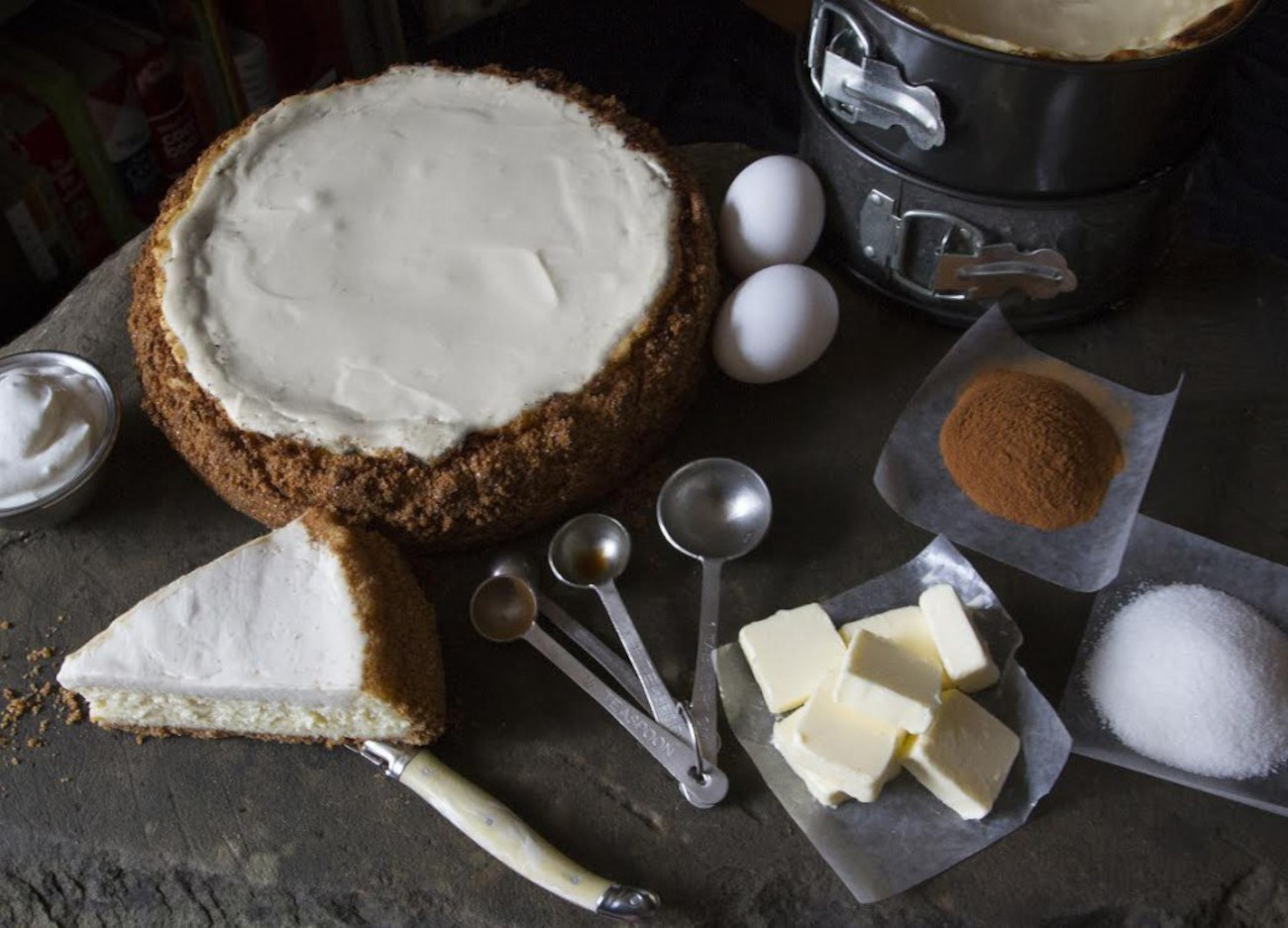
It doesn’t matter if you’ve visited the Big Apple or not, if you live in the US, you know of New York cheesecake. But have you heard of the midwestern rival? Chicago cheesecake is New York cheesecake but taken up to the next level. If you thought New York cheesecake was full of cream cheese, you’ll be in for a surprise with Chicago’s version, which has even more in the batter. The general Chicago cheesecake calls for an extra eight ounces on top of the standard four eight-ounce packets of cream cheese (a total of over two pounds of just cream cheese). And while you may think that more cream cheese would make for a heavy cheesecake, it actually makes it lighter and fluffier.
Polish Cheesecake
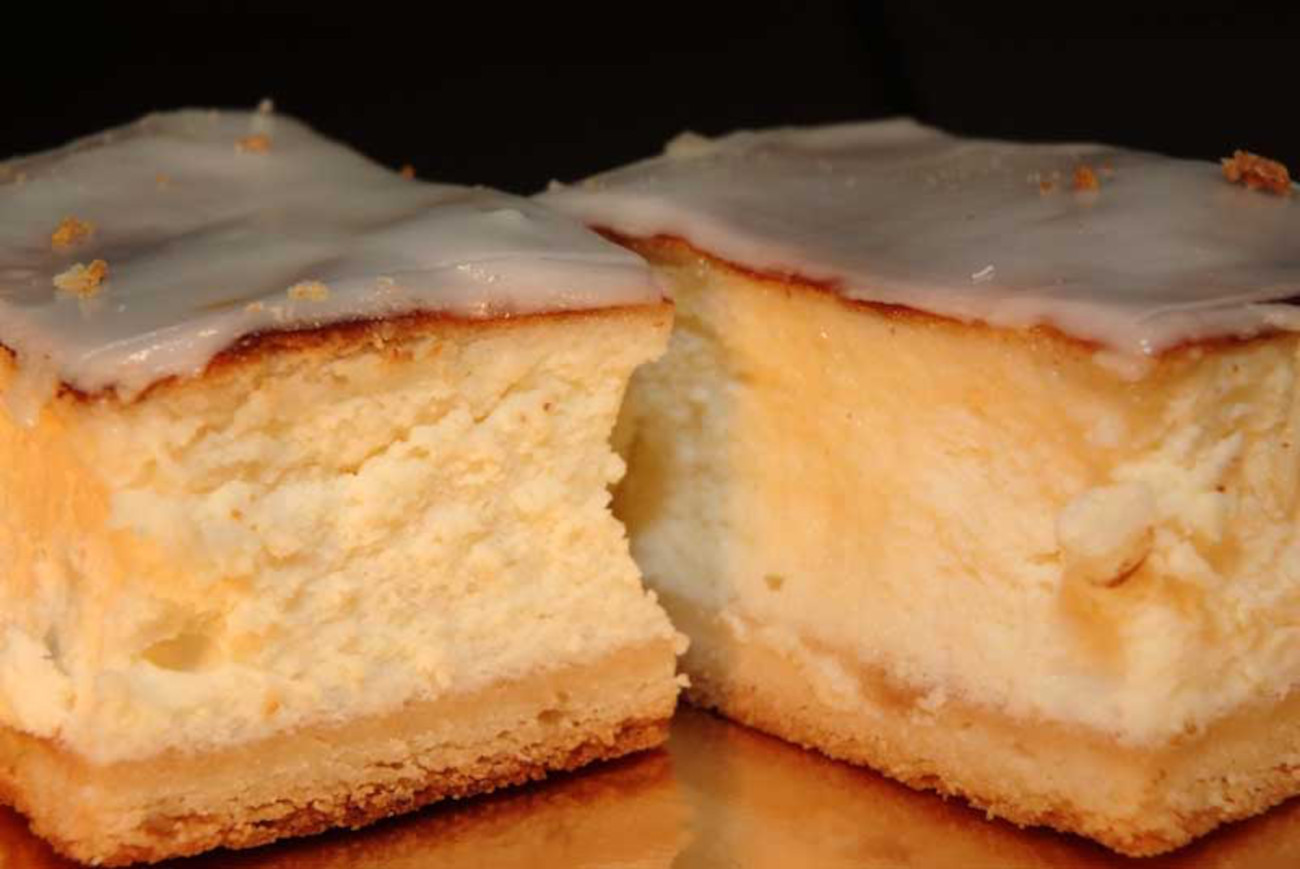
This version of cheesecake dates back to the 17th century found in both Christian and Jewish communities, and probably was baked up in a variety of ways. Sometimes sernik had a custard base, other times, it had a cakey base, and other times sernik had more of a cracker base. Sernik was combined with raisins for some recipes, and other recipes called for topping it with a lattice dough or serving it with jam. What is consistent throughout all sernik recipes is the use of twaróg, a firm, slightly creamy fresh cheese. It‘s not so smooth, having big curds, but has a unique sweet and tart yogurt flavor. Once baked, the results are not like your average cheesecake. Sernik’s dense and rich, and not like the smooth and creamy New York cheesecake counterpart. The addition of more eggs and butter and the omission of cream or sour cream changes the texture completely.
Italian Cheesecake
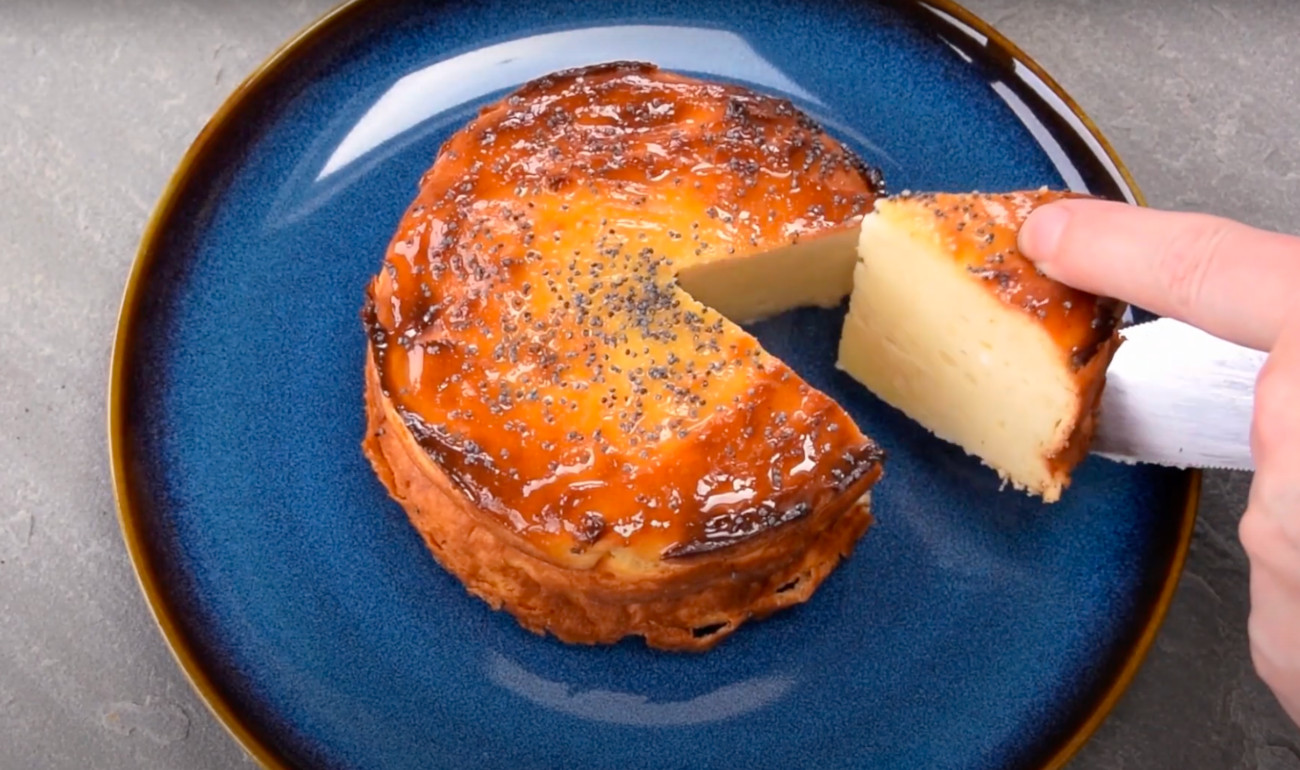
Go back a few thousand years to Ancient Rome, and you get the story of Italian cheesecake. After one of the many battles with Greece, Greece’s goat cheese, honey, flour, and egg cake was a spoil of war, and the recipe was brought back to Rome. The recipe was gradually adapted, and its popularity proliferated. In Rome, citizens from all walks of society ate savillum, a goat cheese-based (or later ricotta) cheesecake fortified with eggs, citrus zest, and honey. This version is a lighter and drier cheesecake compared to modern cream cheese-based recipes.
Spanish Cheesecake

One may think Spanish Basque cheesecake is seeped with old history, but it’s actually a product of the late 80s and early 90s and started in a restaurant in the Basque region of Spain called La Viña. Chef Santiago Riveria spent his off time in the restaurant’s kitchen, crafting desserts that could be used on the menu. At the time international ingredients, like cream cheese, were entering Spain’s supply chain, and Riveria utilized this now easily accessible ingredient and made a cheesecake unlike any other. While most cheesecakes are smooth and dense, basque cheesecake is poured into a parchment-lined pan and baked quickly at a high temperature. The appearance is quite striking. Basque cheesecake’s parchment-lined method creates wrinkly nonuniformed edges, and the hot-and-fast baking method creates a burnt caramelized top and a gooey mousse-like interior.
Norwegian Cheesecake
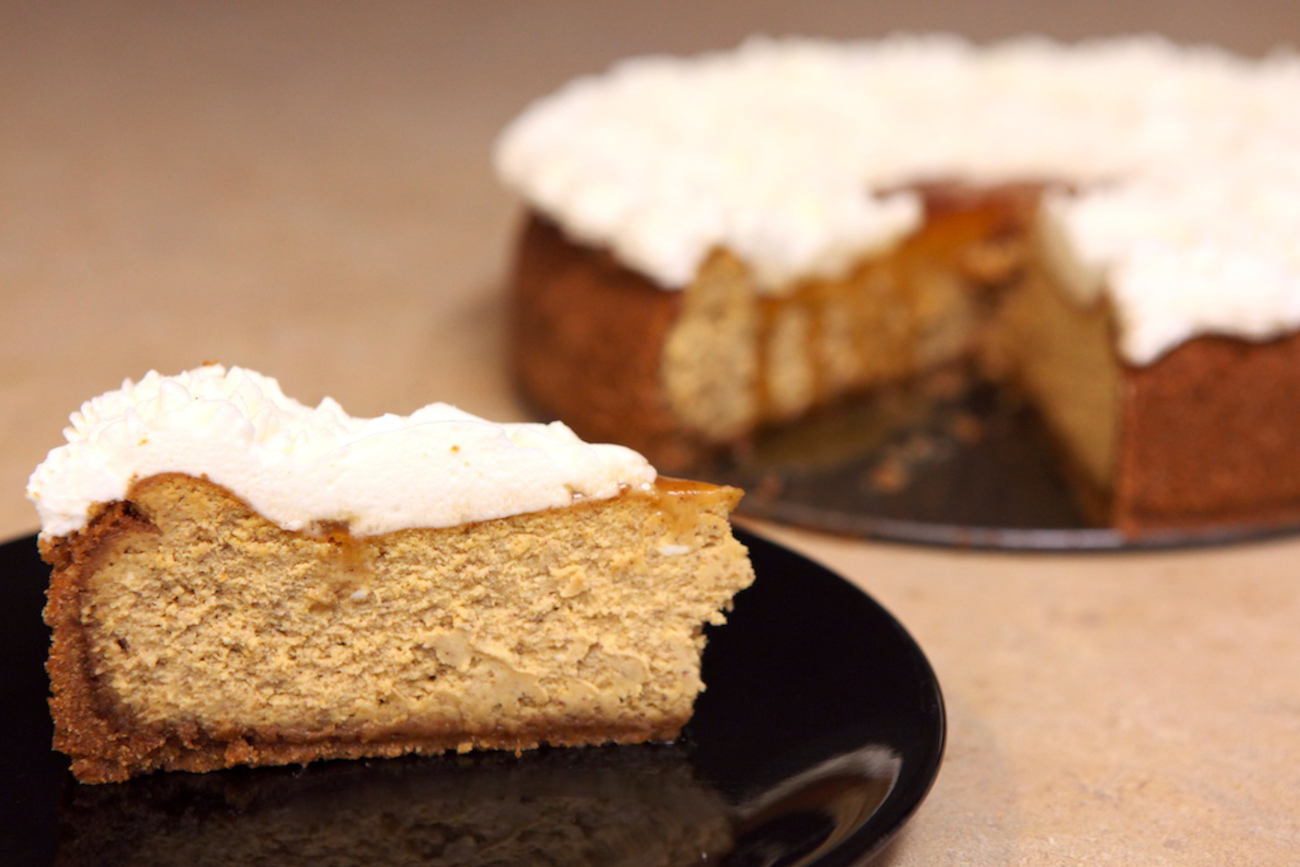
At first glance, this brunost ostekake cheesecake from Norway looks like any run-of-the-mill baked cheesecake, but on closer examination, it’s quite different! Instead of the classic cream cheese, Norwegian cheesecake is made with brunost, which (technically) isn’t even cheese, but rather a whey byproduct of making goat cheese. The brunost is boiled until it reaches a caramelized color and a thick stickiness. This brunost is used as a condiment, like jam on bread, but it’s also used as a base for cheesecake. The cake ends up having an undercurrent of caramelized flavor running throughout the cake, creating a unique and complex dessert.
Japanese Cheesecake
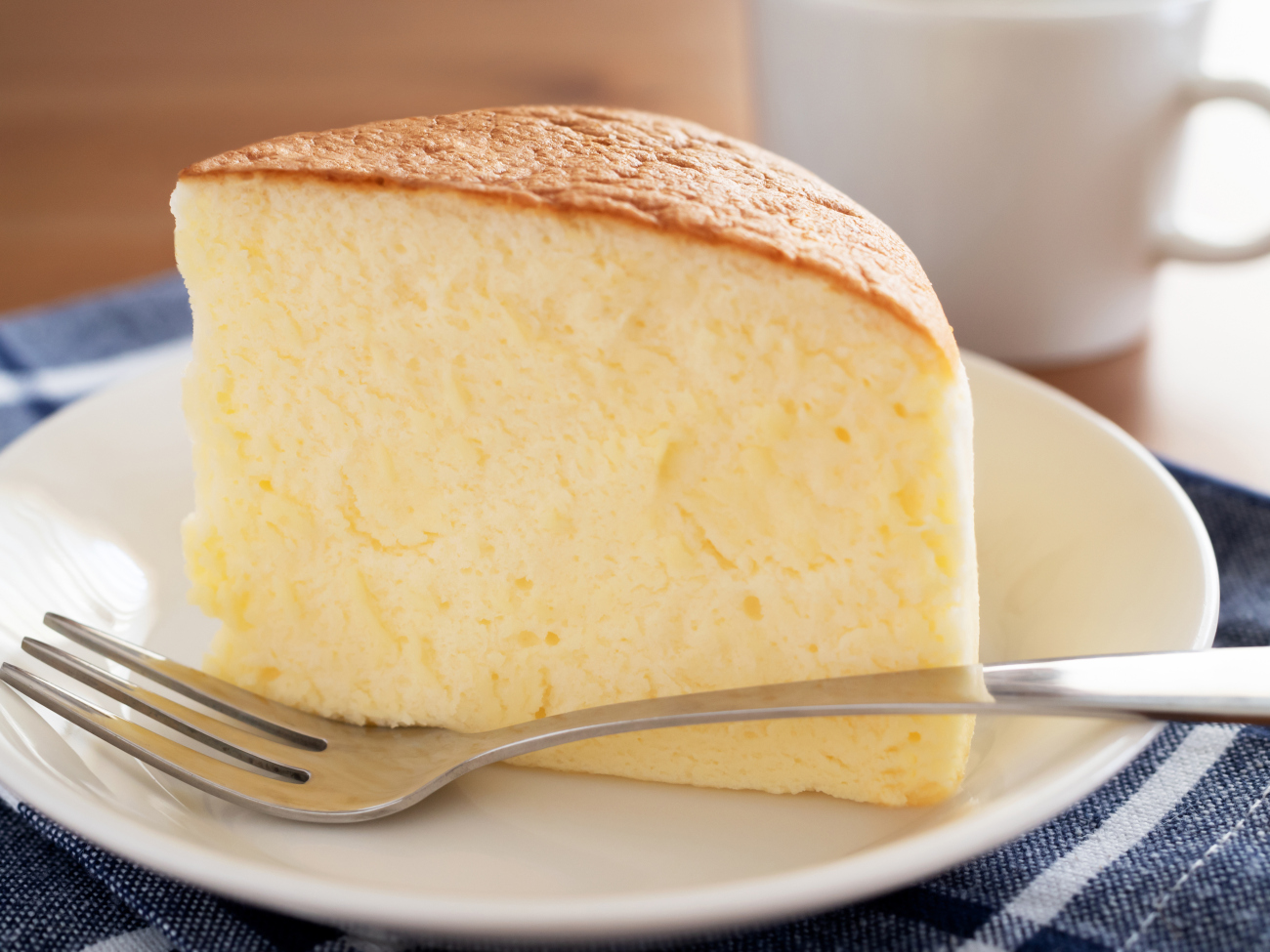
While visiting Germany, chef Tomotaro Kuzuno took inspiration from the käsekuchen cheesecake and devised a cheesecake recipe that was similar to käsekuchen but used American ingredients like cream cheese. Kuzuno’s version was light, airy, and had less cheese and sugar. Described as a souffle cheesecake, it essentially uses whipped egg yolks and whites to inflate and add volume to the body of the cheesecake. Japanese cheesecake’s soft, cottony texture also yields a slight jiggly quality to the structure, quite different from American or European versions. Japan’s second most popular cheesecake, called rare cheesecake, is the closest in texture to American cheesecake, as it’s simply cream cheese, sugar, lemon juice, sour cream (or heavy cream), and gelatin.













